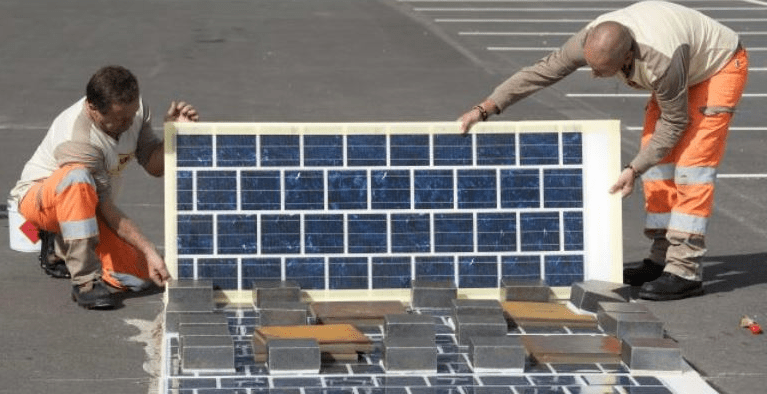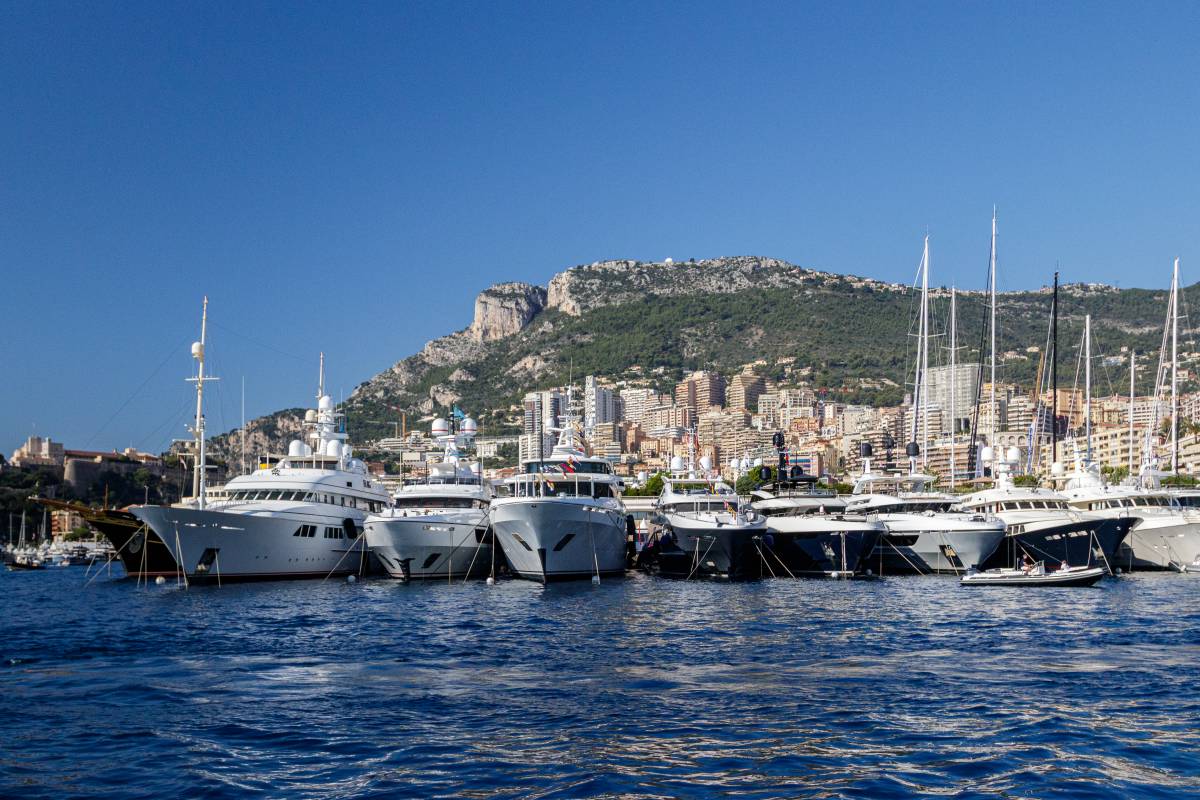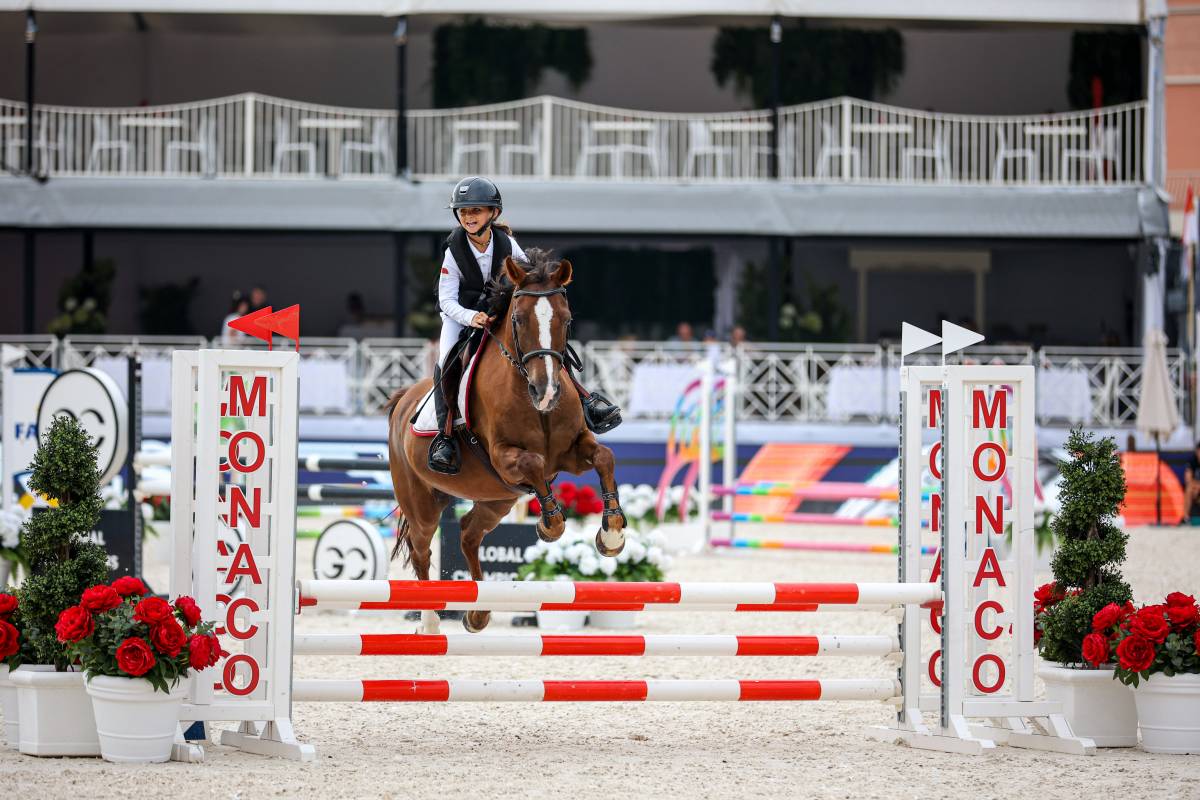The future of cars automatically being powered by the road they are traveling on comes one step closer as scientific progress and advanced engineering come together – and Monaco is in the forefront of testing this advanced technology. If you go to Fontvieille, in front of the parking, “Quartier de la Mer”, you will see that fifty square metres of road surface there resembles a roof with solar panels on it – the first solar road in the Principality.
These are not ordinary photovoltaic panels. In fact the photovoltaic cell in the surface panels is about the width of a hair on your head. Five years of research by the enterprise Colas, in collaboration with the National Institute of Solar Energy, have resulted in a panel of total width 7 mm being itself a wafer of several layers like a millefeuille – and in this wafer sits photovoltaic cells of hairs-breadth width. If this were not advanced enough add the fact that it can be attached to just about any bitumin surface – essentially the majority of our roads – and take the weight of heavy lorries rolling over it (lorries weighing 13 tons and a million test runs later have produced the latest prototype now in city road use) .

So Monaco’s sunny roads suddenly become energy suppliers. This first site is estimated to produce 5000 kW hours per year and up to 6 kW of power. This road surface should produce energy at approximately 90% of that produced by a normal photovoltaic panel of the same dimension. At this initial stage of testing the electricity generated will go directly through to SMEG via some advanced converters. There is enough electricity to light up areas like Roseraie Princess Grace. One can imagine in a later stage of development the electricity might pass directly into use in public lighting for instance, without needing to be first channelled through the electricity grid.
In earlier testing at sites outside of Monaco and at speeds between 50 km/h and 90 km/h there had been a reaction by the public to the different noise that vehicles make on this surface -though other noise pollution often drowns out this particular sound issue. However, in Monaco testing, so far so good as it is reported that up to now there have been no such complaints, nor are there likely to be with the Heliport so close.
And what is happening with Colas, the public works company who produce and have patented the panels called Wattway, and whose development engineer Amine Ahsayenis an expert on the patented track. Their major concern has to be industrial espionage after years of research producing such a promising technology that could have an immense market. Press reports say that the boxes that the panels arrive in are not even labelled, for anonymity, such are the precautions that are taken to guard the techniques underlying the production of the panels. For Colas the test site will be a gold-mine in terms of data and they have installed special counters in a station nearby to instantly record the electricity produced, the daily and cumulative monthly production and the equivalent in terms of hours of lighting for Roseraie Princess Grace.
Monaco is in good company. The other test sites are in the US, in Canada, in La Reunion, in Marseille and in Grasse. Testing is critically important to proving, and then improving the technology. And the future – what is in store for us. The direction is becoming clear – roads that communicate to us and that provide power. Electric cars may be able to get their power directly from the roads in future. And given these advances in working with micro-materials how long will it be before a whole communication network forms part of the millefeuille sandwich.

In what other sites in Monaco might we see this technology? Any road on which the sun shines and is not shadowed most of the time by buildings or vehicles would be promising. The VoieRapide with its 1 km in a straight line and in full sun might be ideal. And roads at a slight incline like that at Fontvieille improve the efficiency of the photovoltaic capture process.
Economics will play a role in the selection by the Government of Monaco of the exact mix of new technologies to generate power. The price-tag of the first project of an “electrified road – Wattway” will not go unnoticed at 5 million euros for the first kilometer.
In comparison, another project at Roseraie Princess Grace is being run for 250.000 euros in cooperation with EDF – it is “a smartflower”, a bit like a gigantic sunflower, that follows the sun and generates power via photovoltaic cells. Not necessarily equivalent in all aspects as Wattway and certainly not equivalent in the power it delivers but interesting nonetheless. The Smartflower mast thematically fits with a garden environment and has aesthetic appeal, at least to some – it is certainly eye-catching, part art part science. It is also generating electricity using photovoltaic cells embedded in its 12 petals (vanes) and which are designed to cleverly conceal brushes for self-cleaning when it retracts. Intelligent and able to follow the sun it discreetly houses 18 square meters of photovoltaic panels producing up to 2.31 Kw.
The DAU have erected a chalet to house batteries to store the energy produced. Jean-Marc Brady, its Chief for the Section overseeing the project is reported to say there is enough energy flowing from Smartflower to power an apartment. And Smartflower has an educational off-shoot. A Monégasque company has produced a teaching tool – a smart-screen which helps students elaborate on this ecological project.









